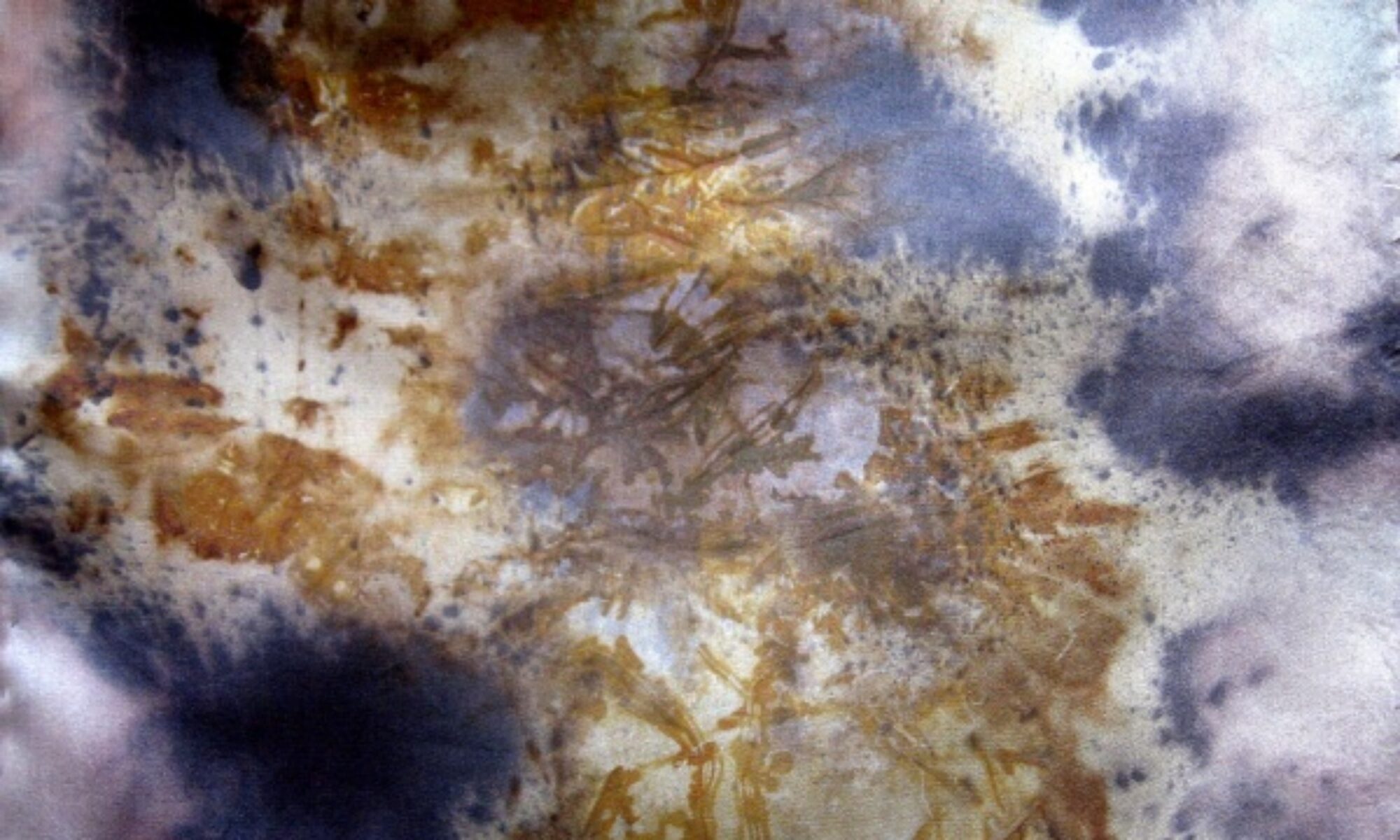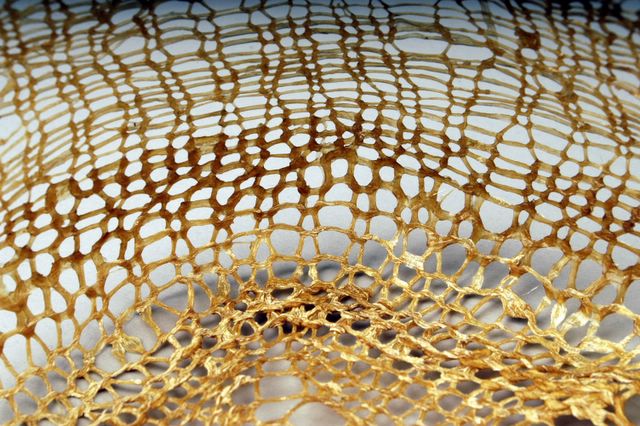Staying with the delightful Ann Roussac-Hoyne and husband Neil on their cattle farm outside Foster, Victoria. Their property is situated on the western end of the bay that starts at Wilson’s Promentory. The Prom, as it is locally called, is the southernmost point of the mainland.
And the Prom is lovely! A National park, it is wild and craggy, full of color and wildlife. Saw two emu doing sightseer duty and then five more strolling around in a group. Walked a bit of beach and boardwalk up the Tidal River – very brown from tannin – and came close to two kukaborras.
In the evening we drove to Phillip Island to witness the daily Penguin Parade – fairy or little penguins come ashore each night to their burrows just after dusk. They are the smallest penguins in the world at 14 inches and so very cute! Roughly 30 of the little guys marched ashore while we watched. Once they hit their burrow area there were all sorts of squeaks and clicks and barks – noisy little critters! No cameras were allowed but there is a free app (think it is called Little Penguins or something like that) that might be good to see.
And then on the way home there were four wombats either crossing the road or ambling along the side. Plus one large calf from the neighbors farm who had gotten out and was not happy with our herding it along the lane.
Late night – sleep in tomorrow!


